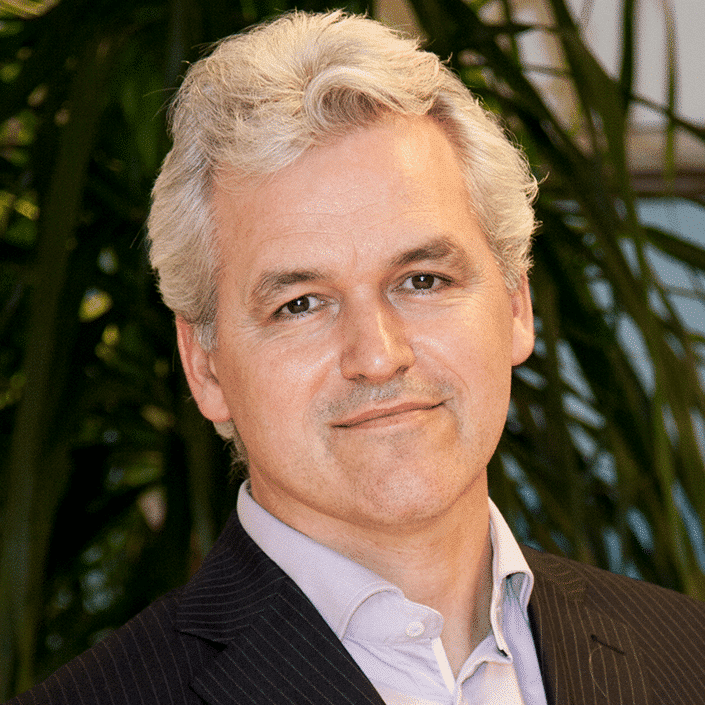During our research, we stumbled upon an interesting concept: a formula for change. It was promoted by Dick Beckhard (Organizational Transitions, 1977) and Reuben Harris while attributing its creation to David Gleicher.
While David Gleicher did propose an earlier version of the formula, the formula Beckhard took was actually from Kathleen Dannemiller’s version. Regardless, the Formula for Change compares the success of change programs to the relative strengths affecting that change.
Let’s look at the proposed formula:
C = D x V x F x CL > R
In this formula:
- C = Change
- D = Dissatisfaction with how things are currently;
- V = Vision of what is possible and tangible;
- F = First concrete steps that can be taken towards the vision;
- CL = Creative Leadership to navigate toward the vision.
If the product of these four factors is greater than:
- R = Resistance,
then change is foreseeable.
D, V, F, and CL are multipliers; because of that, if a particular factor is missing or low, then the product will be low, and the resistance to change will be stronger. The idea is that if you seek some significant, system-wide change, several core elements need attention.
According to the formula, for change to occur, we need:
- To be dissatisfied (D) with how things are (concerning the proposed change). This often doesn’t come until some force from outside the organization creates a crisis.
- To have a vision (V), an image or an idea of what improvement would look like, grounded in the hopes and dreams of employees or members. An old saying among leaders is – – “Being right is only one-quarter of the battle.” It’s common for leaders to have a vision of what improvements are needed. The problem is that just communicating the vision (or mission or strategic plan) will not bring change.
- To have a clear sense of what needs to be done as first steps (F). This means having a picture of what we can do differently in the short term that will move us toward that vision. Four significant factors for leaders to take into account are:
- What competencies must be developed or strengthened for people to function in the changed situation? People don’t like to feel incompetent, and change often creates that feeling.
- People often hesitate to accept and implement the change because they fear losing friends and colleagues in opposition.
- Having the needed resources to make the change.
- Beginning to align structures, processes, and practices harmoniously with the new way.
- Creative Leadership: a consultant, mentor/coach, or other measures. Change can benefit from an outside set of eyes. Remember IBM’s Business Transformation in 1993, when Louis Gerstner Jr., who had recently joined the company as CEO, had the advantage of being regarded as an outsider, allowing him to kick-start the process.
Resistance (R) is likely to be present in all change efforts. The combined weight of the dissatisfaction, vision, and first steps must overcome that resistance. That means if any of those elements (D, V, F) is “0”, the change will not be possible.
Chris Argyris's Intervention Theory
It is helpful to consider Chris Argyris’s intervention theory in applying the change formula.
Argyris’s Intervention Theory is based on the belief that successful change initiatives require participation from everyone affected by the change. According to Argyris, involving individuals in the change process leads to greater acceptance and a higher probability of success. Argyris’s theory emphasizes collaborative problem-solving, active listening, and an ongoing feedback loop to ensure all voices are heard and valued. It also notes that providing a clear picture of the future is critical to creating a shared vision of the desired outcome.
Tip: PositiveInquiry.com
Change in the Digital Age
We made a few adjustments to the formula to represent the change in the digital age:
C = dD x dV x dF x dL > R
- C = Change
- dD = Digital disruption from how things can/should be done better, faster, and cheaper;
- dV = Digital Vision of what is desirable, viable, and feasible;
- dF = First concrete digital steps that can be taken towards the vision;
- dL = Digital Leadership to navigate toward the digital vision.
If the product of these four factors is greater than:
- R = Resistance,
then digital change is foreseeable.
dD, dV, dF, and dL are multipliers; because of that, if a particular factor is missing or low, then the product will be low, and the resistance to change will be stronger. The idea is that if you seek some significant, system-wide change, several core elements need attention.
We need a critical mass of the organization to:
- Being disrupted (dD) by how things can be done digitally (concerning the current state). This often doesn’t come until some force from outside the organization creates a crisis.
- To have a digital vision (dV), an image or an idea of what improvement would look like grounded in the hopes and dreams of employees or members. An old saying among leaders is – “Being right is only one-quarter of the battle.” It’s common for leaders to have a vision of what improvements are needed. The problem is that just communicating the digital vision (or digital mission or digital strategic plan) will not bring change.
- With a clear sense of what needs to be done as the first digital steps (dF). This means having a picture of what we can do differently in the short term that will move us toward that vision. Four significant factors for leaders to take into account are:
- What digital competencies and capabilities must be developed or strengthened for people to function in the changed situation? People don’t like to feel incompetent, and change often creates that feeling.
- People often hesitate to accept and implement the change because they fear losing friends and colleagues in opposition.
- Having the needed resources to make the change.
- Beginning to align structures, processes, and practices harmoniously with the new way.
- Digital Leadership could be a digital agency, consultant, mentor/coach, or other measures. It is most often an outside set of eyes.
- Extensive corporate research, discussed in the book Leading Digital by George Westerman c.s., revealed that Digital Masters excel through digital leadership: they have a strong overarching vision, excellent governance across silos, initiate many digital initiatives generating tangible business value, and create a robust digital culture.
Resistance (R) is likely to be present in all change efforts. The combined weight of the disruption, digital vision, first steps, and digital leadership must overcome that resistance. That means if any of those elements (dD, dV, dF, dL) is “0”, the change will not be possible.
References:
- Beckhard, R. 1969 Organization Development: Strategies and Models, Addison-Wesley, Reading, MA.
- Dannemiller, K. D., and Jacobs, R. W. (1992). Changing the way organizations change: A revolution of common sense. The Journal Of Applied Behavioral Science, 28(4), 480-498.
- Jacobs, R. W. (1994). Real-time strategic change: How to involve an entire organization in fast and far-reaching change. San Francisco: Berrett-Koehler.
- Wheatley, M. J., Tannebaum, R., Yardley, P. Y., and Quade, K. (2003). Organization development at work: conversations on the values, applications, and future of OD. San Francisco: John Wiley & Sons.
Author
-
Edwin Korver is a polymath celebrated for his mastery of systems thinking and integral philosophy, particularly in intricate business transformations. His company, CROSS/SILO, embodies his unwavering belief in the interdependence of stakeholders and the pivotal role of value creation in fostering growth, complemented by the power of storytelling to convey that value. Edwin pioneered the RoundMap®, an all-encompassing business framework. He envisions a future where business harmonizes profit with compassion, common sense, and EQuitability, a vision he explores further in his forthcoming book, "Leading from the Whole."
View all posts Creator of RoundMap® | CEO, CROSS-SILO.COM





